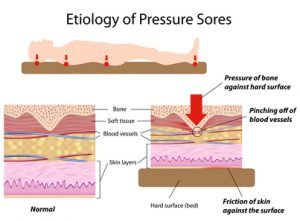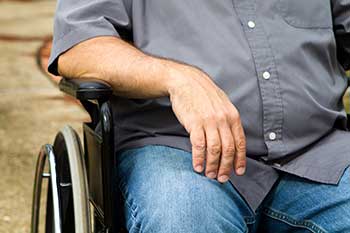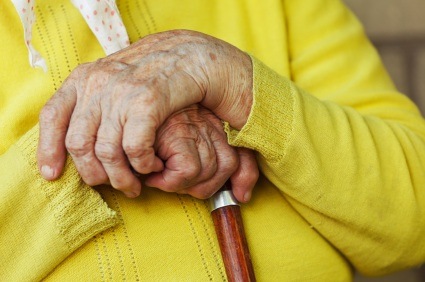Search
New Technology May Help In The Prevention Of Pressure Sores In Nursing Home & Hospital Patients
 When it comes to medical complications that realistically pose a serious threat of disabling— or even killing– patients in nursing homes and hospitals across the country, few conditions can compare to pressure sores.
When it comes to medical complications that realistically pose a serious threat of disabling— or even killing– patients in nursing homes and hospitals across the country, few conditions can compare to pressure sores.
As innocent as the term may sound, when “pressure sores” progress, they should perhaps be more accurately referred to as “large open wounds” when they progress to their more advanced stages. An advanced pressure sore remains one of the indelible emblems of poor care— when the skin and tissue in the area of the wound gives way to a large opening in the body where the underlying organs and bone may be visible.
What makes pressure sores uniquely disturbing compared with other medical complications is that patients at many medical facilities are no less at risk for developing this complication than they may have been 10, 20… or even 100 years ago! Unlike other medical complications that have been drastically reduced or eradicated with the implementation of medication and technological advancements, pressure sore prevention relies primarily on the backs of the staff members whom are responsible for caring for immobile patients.
 Nursing Home Law News
Nursing Home Law News









